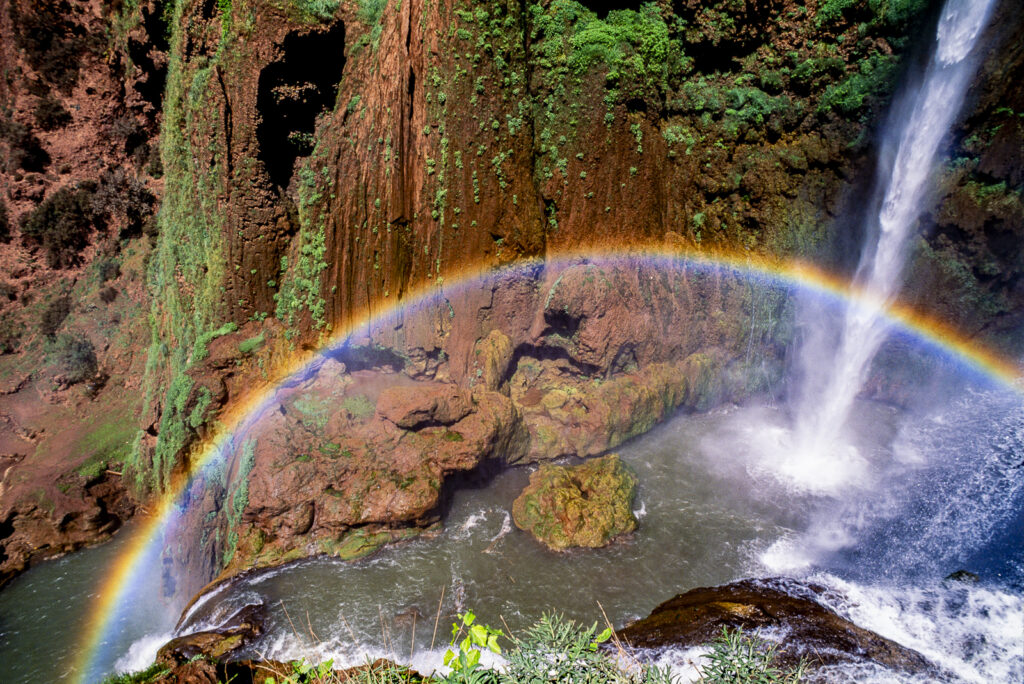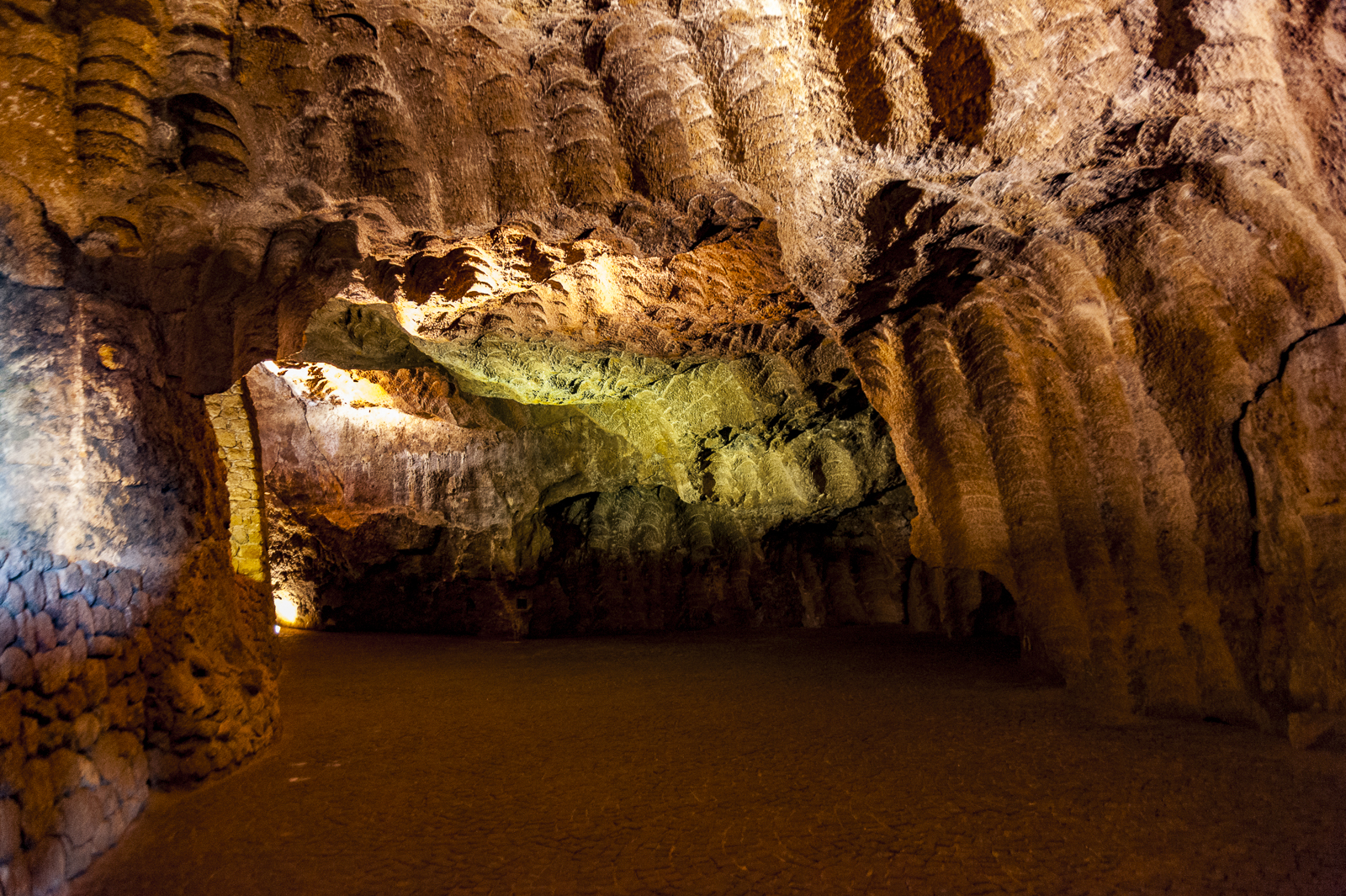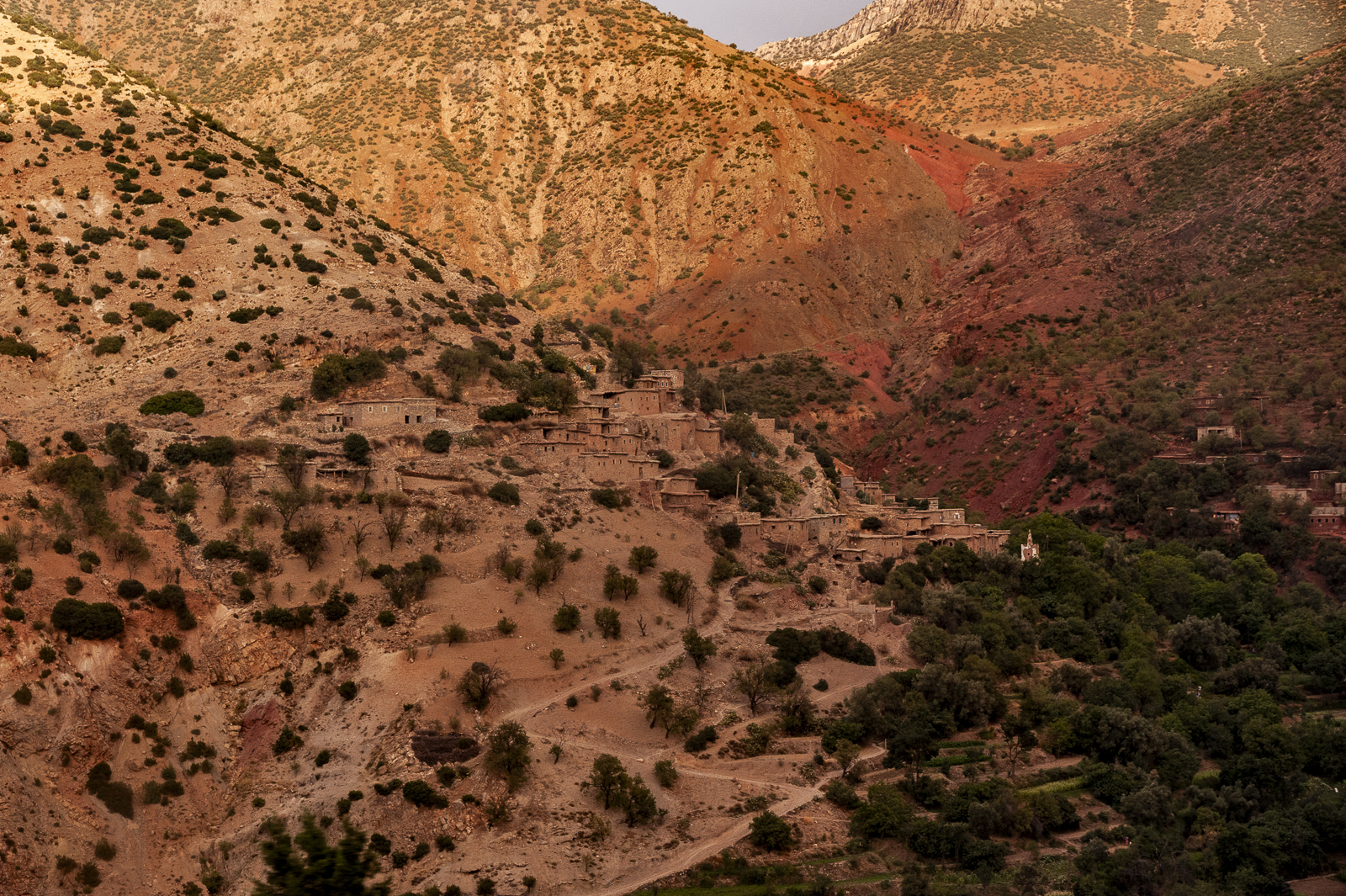

For centuries, religious life in North Africa was an amalgam of beliefs. In this setting, some of the traditions of the Egyptians, Phoenicians, Greeks and Romans were assimilated by the Berber population, leaving their mark on the Maghreb.
The Berbers based their worship on what was around them: nature, the stars, animals, water, rocky environments, and so on. Many tales still told today reflect how important the environment was to them, including the myth of the rainbow, which is known as the “rain bride” or the “bride of the sky”.
Aside from marking the passing of time, in North Africa the sun and the moon also influence agricultural cycles. Water, considered the source of life, was also used for divinatory practices: its colour, movements and the waves it formed were observed to seek answers. In this scenario, the earth itself served in rituals, the soil having been used in North Africa as far back as the 12th century to read destiny.
In this context, caves played a very important role as sacred spaces. Offerings were made in them in return for requests for favours, such as cures for illnesses, protection from evil and fertility. Pre-dating the arrival of Islam, in some cases these cults continued after Islamisation. The survival of these beliefs, integrated as everyday practices, is evidence of the deep imprint they have left on the popular religiosity of the Maghreb.
Cristina Franco Vázquez
IEMYRhd—University of Salamanca
















